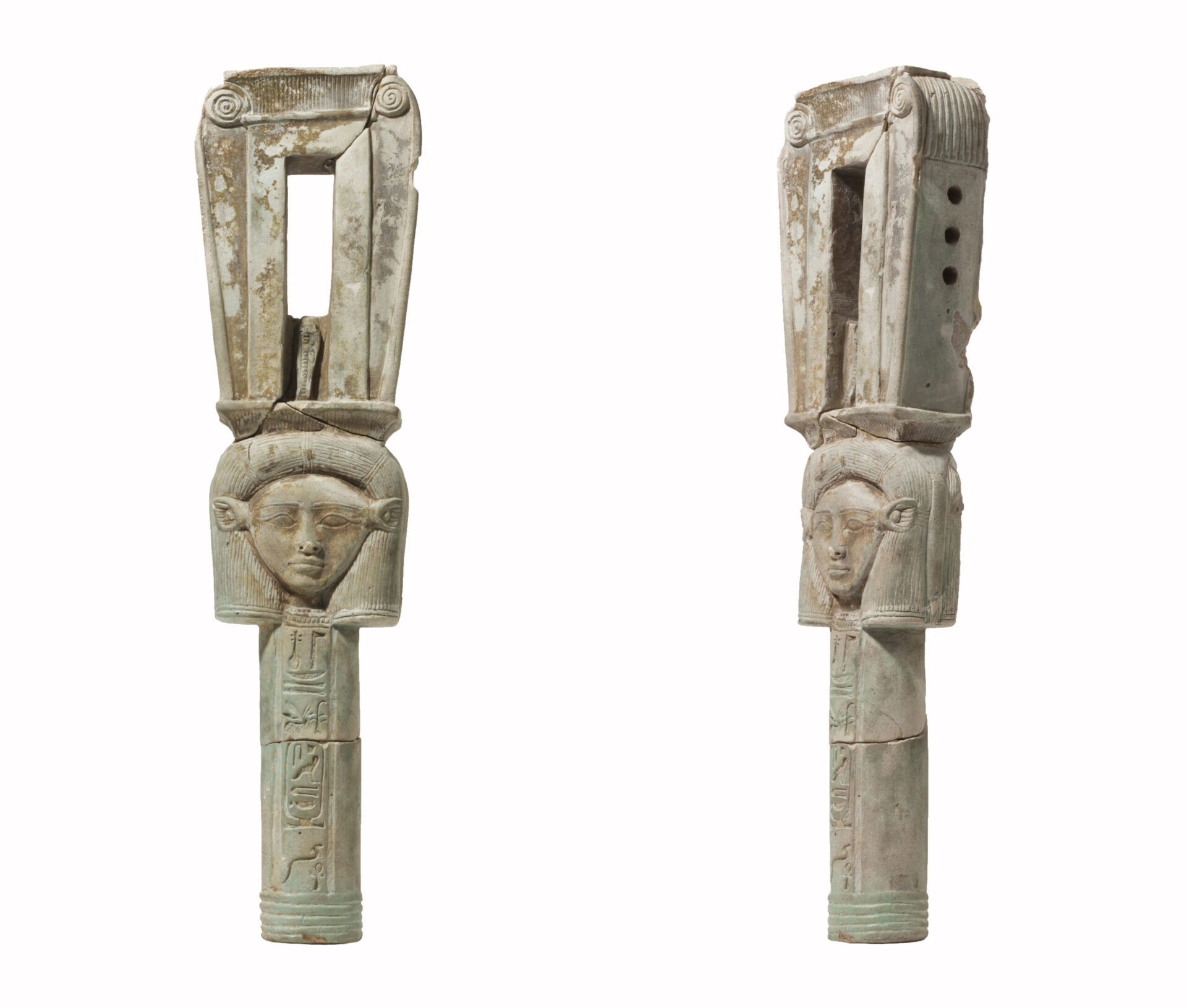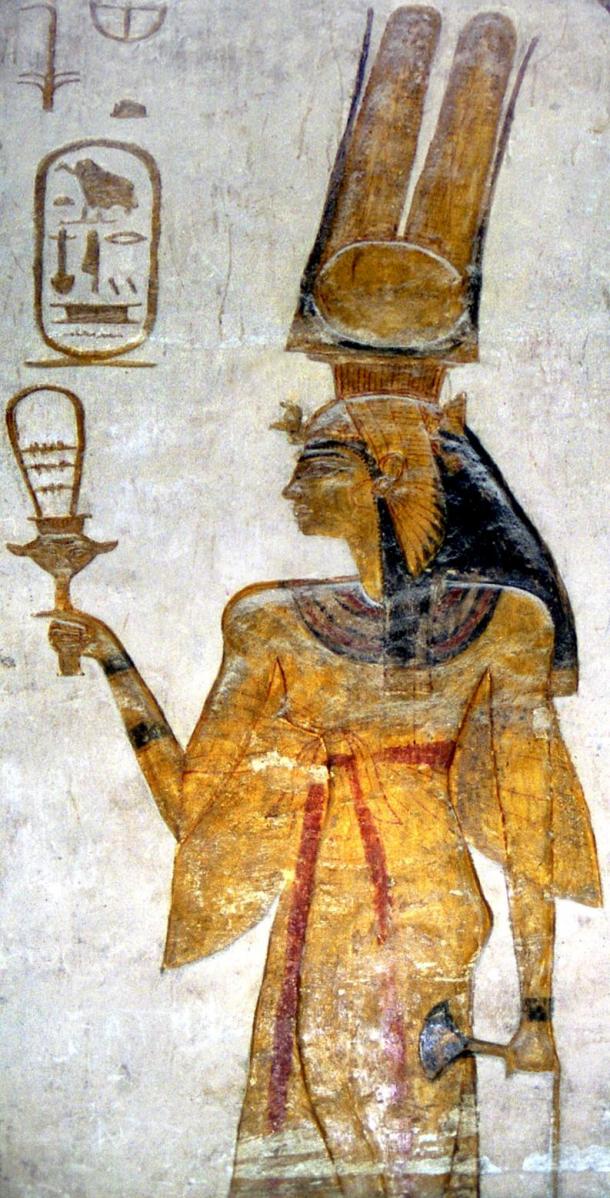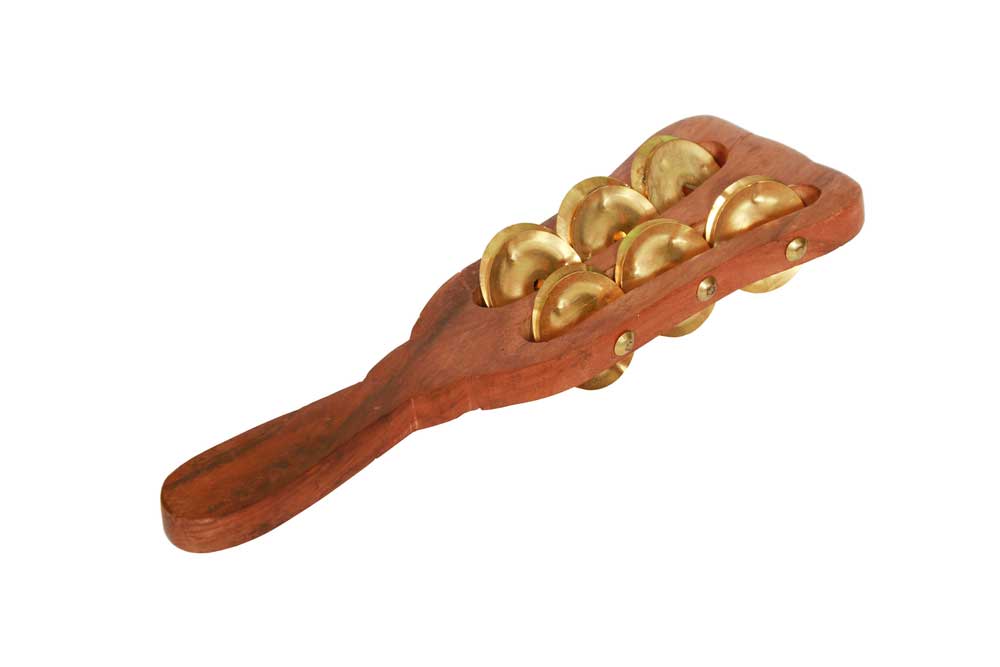The sistrum is a fascinating percussion instrument with deep historical roots, primarily associated with ancient Egyptian culture. Known for its distinctive sound and ceremonial significance, the sistrum has captured the interest of musicians, historians, and enthusiasts alike.
Description and Features
The sistrum is classified as a percussion instrument and resembles a rattle. It typically consists of a U-shaped metal or wooden frame with crossbars that hold movable metal rods or rings. When shaken, these rods or rings produce a unique jingling sound that varies in intensity based on the player’s technique.The design of the sistrum can vary significantly. It may have an arched shape or feature a handle topped with symbolic representations, such as the head of the goddess Hathor. The materials used for construction include metal (bronze or brass), wood, and clay. The sound produced by the sistrum is often described as metallic and resonant, echoing the rustling of papyrus leaves—a sound believed to have protective qualities.One of the most notable features of the sistrum is its association with religious ceremonies. It was commonly used in rituals honoring deities such as Hathor and Isis. The instrument’s sound was thought to ward off evil spirits and invoke blessings during sacred events.
History and Origin
The origins of the sistrum date back to ancient Egypt, where it was first used around 3000 BCE. The earliest examples are believed to have been made from clay and were often found in burial contexts, suggesting their significance in funerary practices. The sistrum was closely associated with religious rites dedicated to the goddess Hathor, who represented music, dance, and fertility.As time progressed, the design of the sistrum evolved. By the time of the New Kingdom (c. 1550–1070 BCE), metal versions became more common. These instruments featured intricate designs and were often adorned with symbols related to their spiritual significance.In addition to its use in Egypt, the sistrum also found its way into Greek culture. The Greeks adopted the instrument for use in processions and festivals, often depicting it in art and sculpture. Its connection to rituals continued as it became part of various religious practices throughout the Mediterranean region.The sistrum’s influence extended beyond ancient civilizations; it has been referenced in literature and art throughout history. Today, variations of the sistrum can still be found in different cultures around the world, showcasing its enduring legacy.
Working Mechanism
The working mechanism of the sistrum is relatively straightforward yet effective. When a player shakes the instrument, the movable rods or rings collide with each other and with the frame, producing sound through vibration. The intensity and quality of the sound can be manipulated by varying the speed and force with which it is shaken.The construction materials play a vital role in shaping the instrument’s sound. Metal sistrums tend to produce brighter tones compared to wooden or clay versions. Additionally, players can create different sounds by adjusting their grip on the handle or changing their shaking technique.The design also allows for a range of dynamics; gentle shaking produces softer sounds while vigorous shaking yields louder tones. This versatility makes the sistrum suitable for various musical contexts—from quiet ceremonial settings to lively celebrations.
Types of Sistrums
Sistrums can be categorized into several types based on their design and construction:
- Arched Sistrum: This version features a handle attached to multiple metal rings connected by crossed metal bands. It typically produces a rich sound suitable for ceremonial use.
- Hathoric Sistrum: Characterized by a handle topped with a Hathor-shaped head leading up to a rectangular or lintel-shaped piece, this type is closely linked to rituals honoring Hathor.
- U-Shaped Sistrum: A more straightforward design that consists of a U-shaped frame with movable crossbars; this type is often used in various cultural contexts beyond ancient Egypt.
- Modern Variations: Some contemporary versions incorporate different materials or designs while maintaining traditional elements; these may be used in modern musical compositions or performances.
Each type serves specific roles within musical contexts while contributing uniquely to overall sound.
Uses of Sistrums
Sistrums have been utilized across various musical genres and cultural practices:
Religious Ceremonies: In ancient Egypt, sistrums played an essential role in rituals dedicated to deities such as Hathor and Isis.
Festivals: The instrument was commonly featured in processions during festivals celebrating agricultural cycles or significant events.
Cultural Performances: In Greek culture, dancers were often depicted holding sistrums during celebrations.
Modern Music: Today, variations of the sistrum are used in world music genres as well as contemporary compositions seeking to evoke traditional sounds.
Educational Settings: The simplicity of playing makes sistrums an excellent tool for teaching rhythm and percussion techniques to students.
Significance of Sistrums
The significance of the sistrum extends beyond its musical capabilities; it embodies cultural heritage and community identity within ancient Egyptian society. As an instrument deeply rooted in spirituality—stemming from its association with divine beings—the sistrum represents resilience through creativity.In educational contexts, learning how to play the sistrum fosters appreciation for diverse musical cultures while enhancing students’ rhythmic skills and coordination.Moreover, as global interest grows around world music traditions—sistrums serve as powerful tools for bridging cultural gaps through shared experiences among diverse audiences.In conclusion, whether resonating through sacred rituals or adding texture to modern performances—the sistrum remains an enduring symbol not only within ancient Egyptian culture but also across global musical landscapes.
 Links
Links




















